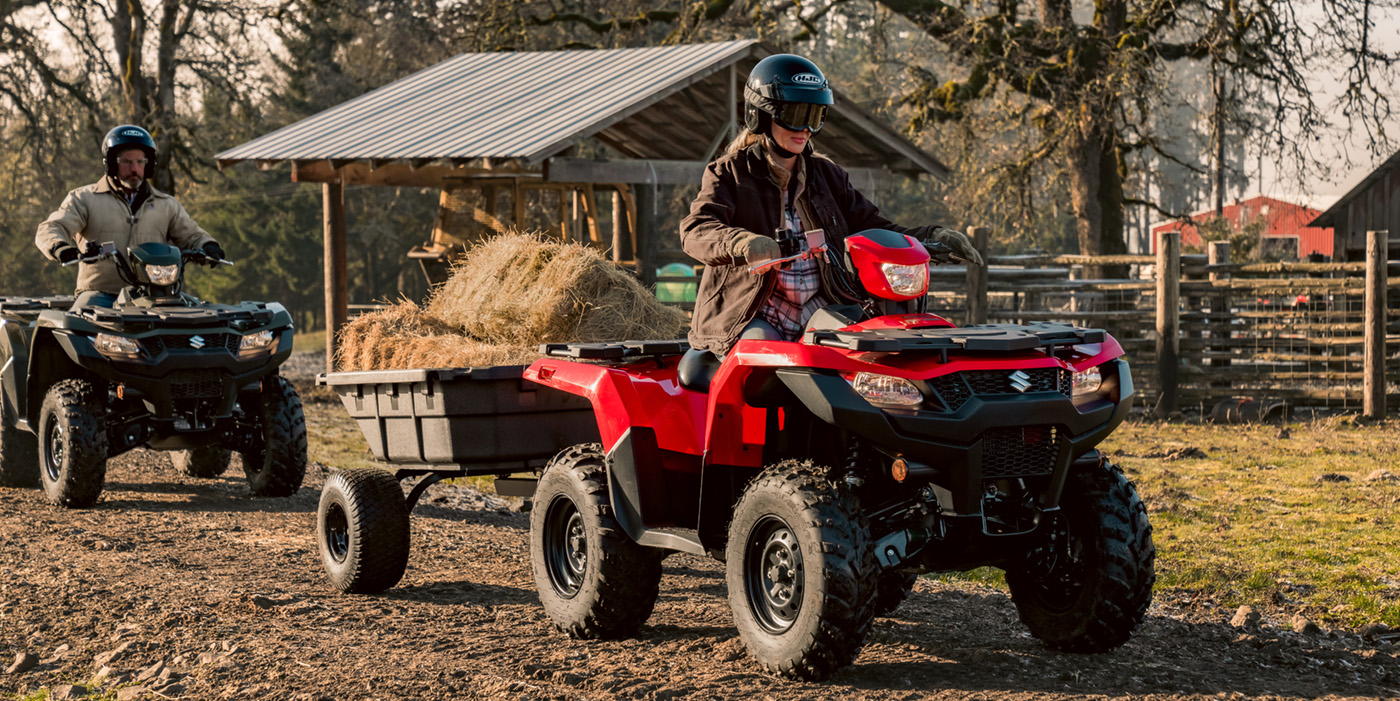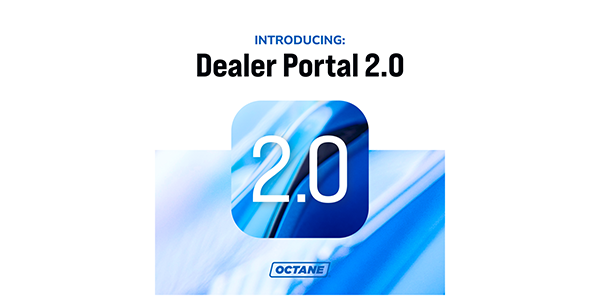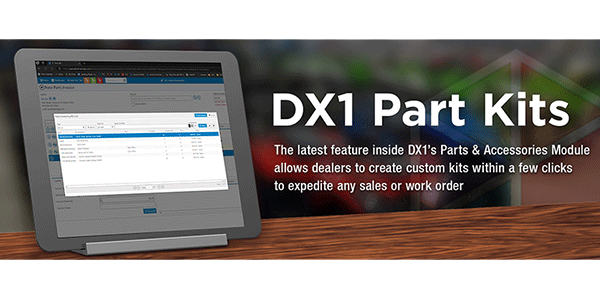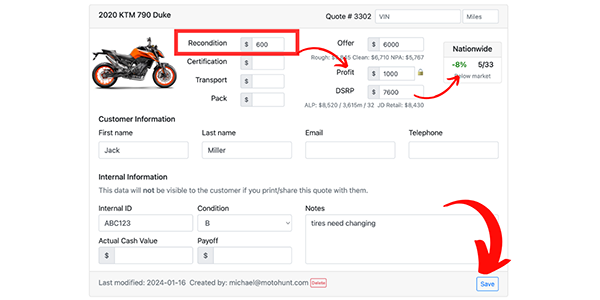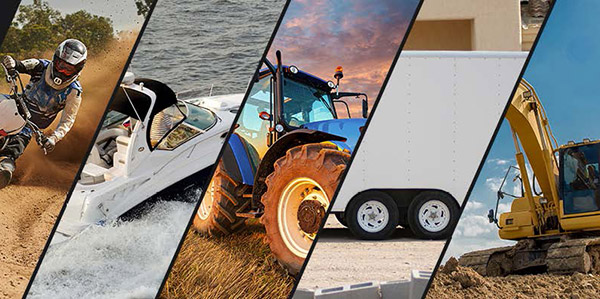Twenty years ago, running a dealership seemed pretty straightforward. Sell a unit, order a part and service anything that came through your shop. Although the end goals remain the same, achieving them has greatly changed due to the evolution of technology and today’s consumer.
In the past, traditional paper workflows and physical tasks made sense because they were the norm; after all, it was the only way we knew how to work. However, over the last couple of decades, and especially during the last couple of years, the world has shifted dramatically from a manual mindset to a digital-first mindset where processes are effortlessly done at the click of a button. Nearly every industry has felt the digital shift where processes are streamlined and automation has become the new norm, including the powersports industry. As a result, we have been forced to rethink the way work has been done.
For most dealerships, this involves an upgrade in our management software systems. While the old dealership management system (DMS) business model is still functional, it can be likened to “a jack of all trades and master of none.” Dealers continue to find more limitations as they try to evolve their practices to keep up with the demands of their customers. Some of the issues of a traditional DMS revolve around high costs, limited functionality and isolation from other technologies resulting in tons of data management. Let’s take a look at how technology is transforming the way dealerships can now operate in a digital world.
Where Should a System Be Hosted?
Historically, DMSes have been hosted on-site. This required the dealer to purchase expensive hardware like servers, computers and other parts while also being responsible for maintenance. There are also DMSs that boast they are hosted “online” but still require certain software to access them. Then, there are dealership management software solutions that are truly hosted in the cloud. This means that if a dealer has internet access, he or she can log in and gain access to the software. This gives the dealer complete control, along with a few other benefits, such as fewer costs and additional security. However, there’s one thing to keep in mind for those looking to make the switch: While it is possible for a DMS to switch from a local server base solution to the cloud, it might not be able to provide all the same capabilities as a solution designed and built solely for the cloud.
We Live in a Digital World Packed with Amazing Technology
When we talk about software, the most important factor to consider is useability, or how easy the software is to use. Today’s workforce lives off of its phones and tablets, and if a software solution is intuitive and easy to use, users will pick it up right away. However, if it’s clunky, confusing and slow, users will disregard it in seconds and try to avoid using it at all costs. The same principle applies to DMSes. Most traditional DMSes run on outdated software, like Windows 95, and for good reason. The software was built in the early ‘90s, and back then, that was the best tech “available.” Now, if the company wanted to make any significant update to its software, it would require an incredible amount of time and money, which is something most DMS providers can’t afford.
Newer software systems designed for the cloud use up-to-date software and principles to create a very intuitive interface and simple design (think of your favorite apps like YouTube and Uber). This speeds up user adoption and encourages the team to use the software instead of avoiding it. Along with useability, newer software also favors functionality. We live in a world where people want to work smarter, not harder. With an easy-to-use dashboard, tasks can be completed in less time while still maintaining accuracy. And, when dealers choose to automate certain processes like outsourcing their accounting, they will be able to focus more of their attention on meeting the needs of their clients rather than spending energy in areas that are more time-consuming.
Let’s Talk Integrations
Sales, parts, service, marketing, accounting and customer service — to run a dealership successfully, you need each department running on all cylinders. We’ve seen a lot of “all-in-one” platforms that sacrifice functionality for convenience. Let’s take accounting, for example. For dealerships, there are two main options to choose from: a DMS in-house option or a cloud-based accounting system. Although the DMS version might be included in your package, it’s not designed by actual accountants. It does not always follow best accounting practices and most times requires accounting to be done on-site.
On the other hand, a cloud-based accounting system, like Quickbooks Online or Xero, is built by accountants, has thousands of certified accountants you can hire who know how to use the system and keeps your software up-to-date with new feature releases. The bottom line is this: With an open management system, dealers get access to choose the best technology for each of their departments. Dealerships who choose to integrate their systems ultimately save time, money and energy, as doing so minimizes the need to enter data twice, search for reports or jump from system to system, among many other things. At the end of the day, an integrated system promises a smoother operation overall.
Same Goals but a Different Strategy Needed
Lastly, when we talk about running a dealership, the goals have stayed the same from the early ‘90s to today. Sell more bikes, provide superior service and keep your clients coming back for more. However, the strategy to achieve those goals has changed. A dealership is no longer just four walls open from nine to five. Your customers are shopping 24/7 in store and online. Take a digital storefront, for example: If you wanted to set this up while using a traditional DMS, you would need to either manage two separate inventory systems or pay big money and have custom coding set up to sync them. Or, if you use a cloud-based system that integrates with a tool like Shopify, you can sign up for Shopify, set up your digital storefront, then integrate and sync your inventory systems in a few clicks. As you can see, you’re still selling a bike but taking a different approach with your technology.
Is a Cloud-Based Dealership Management Platform Right for You?
For most dealers in the early ‘90s and 2000s, a traditional DMS was a great (and the only) option to run your dealership. However, as the needs of the customer evolved, the technology itself has lagged. Fortunately, there are new cloud-based software platforms that use today’s technologies and provide dealers with a new and different way to run their dealerships while also removing the pains of a traditional DMS.
Seth Nagle is the head of growth at Blackpurl and is responsible for all things marketing. Every day Seth works across teams to design creative messaging that helps dealers understand Blackpurl’s value and vision of what dealership management software should be. With over 10 years of software as a service (SaaS) marketing experience and a passion for powersports, joining the Blackpurl crew has been a seamless transition.










